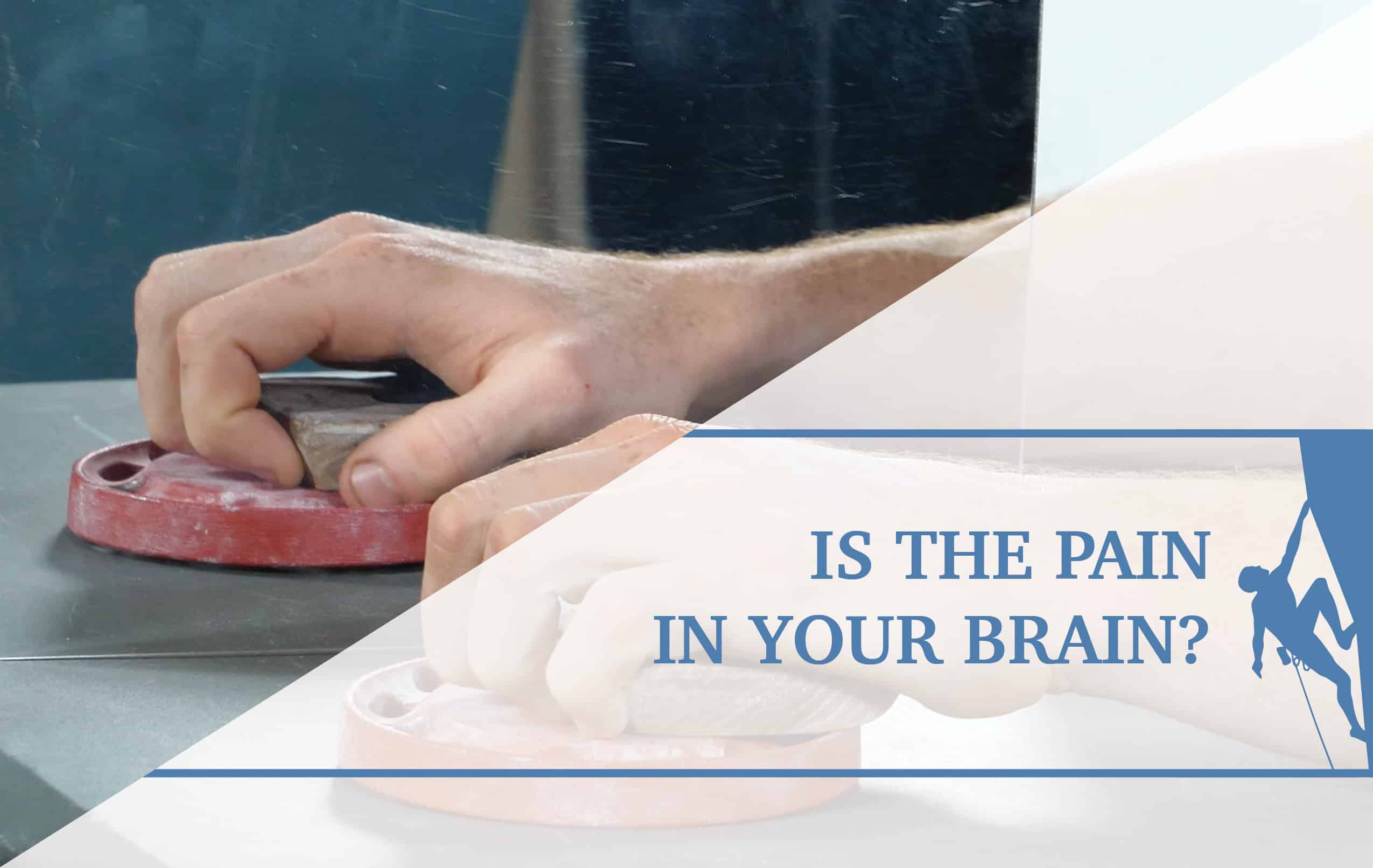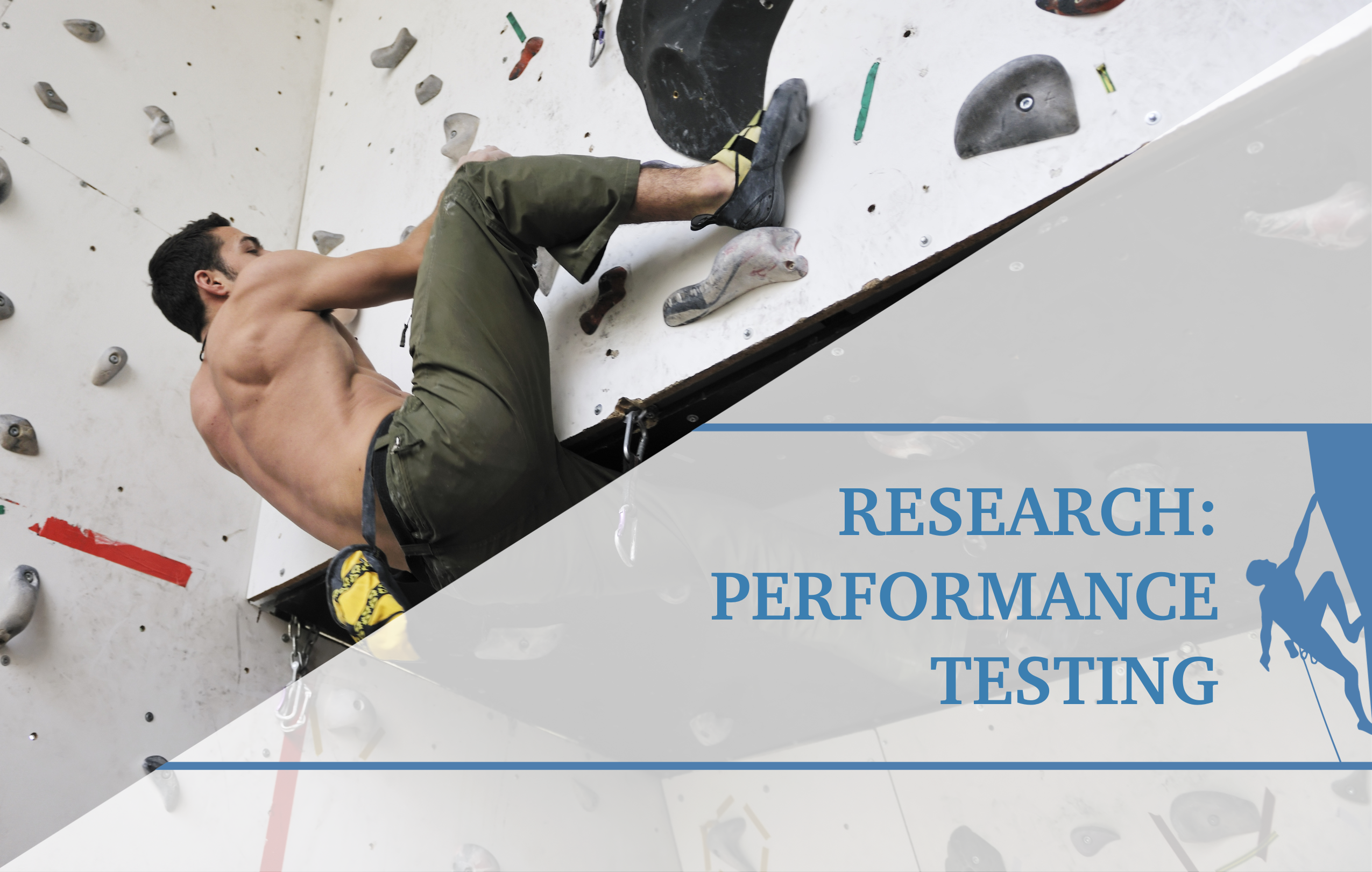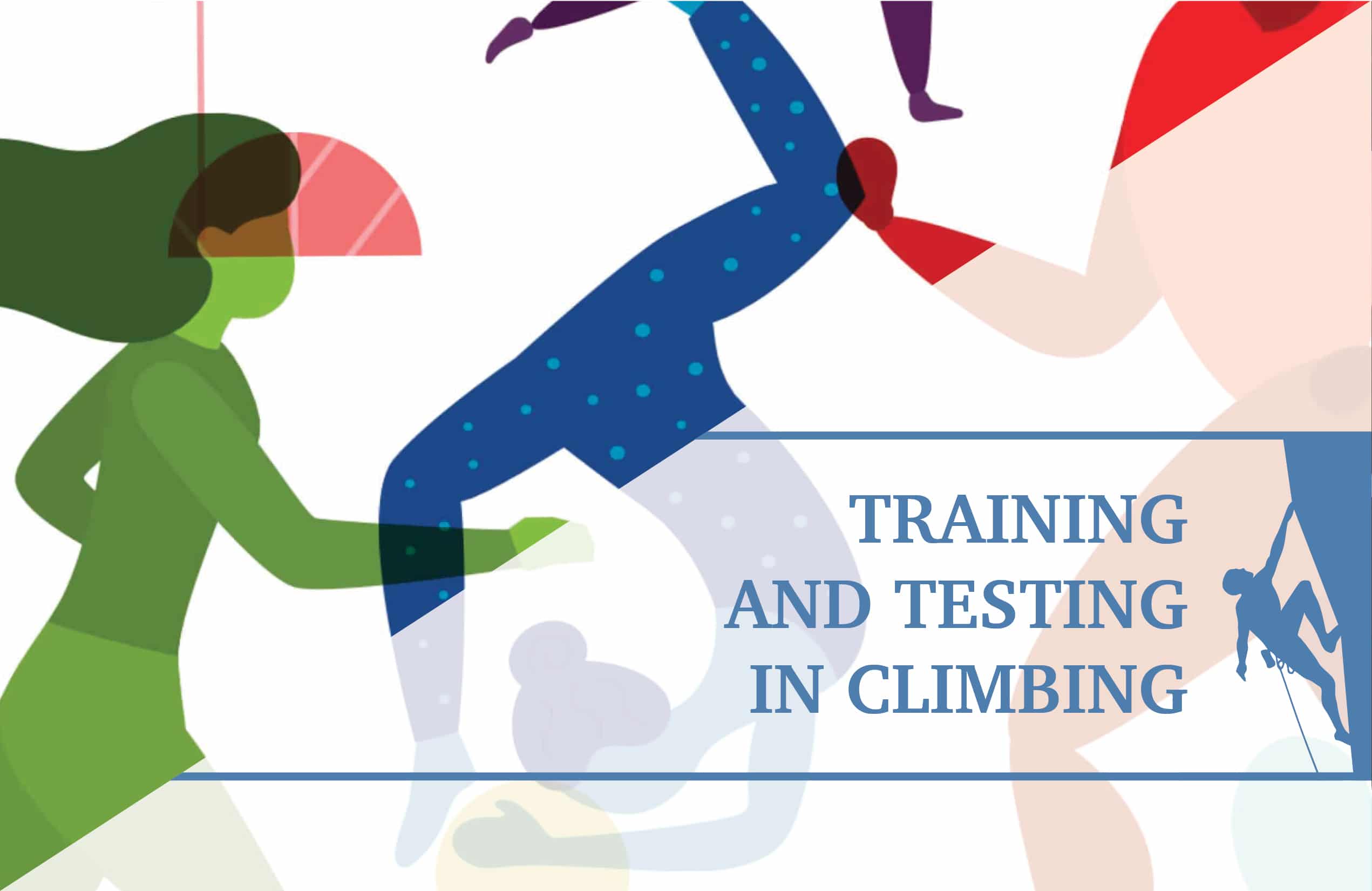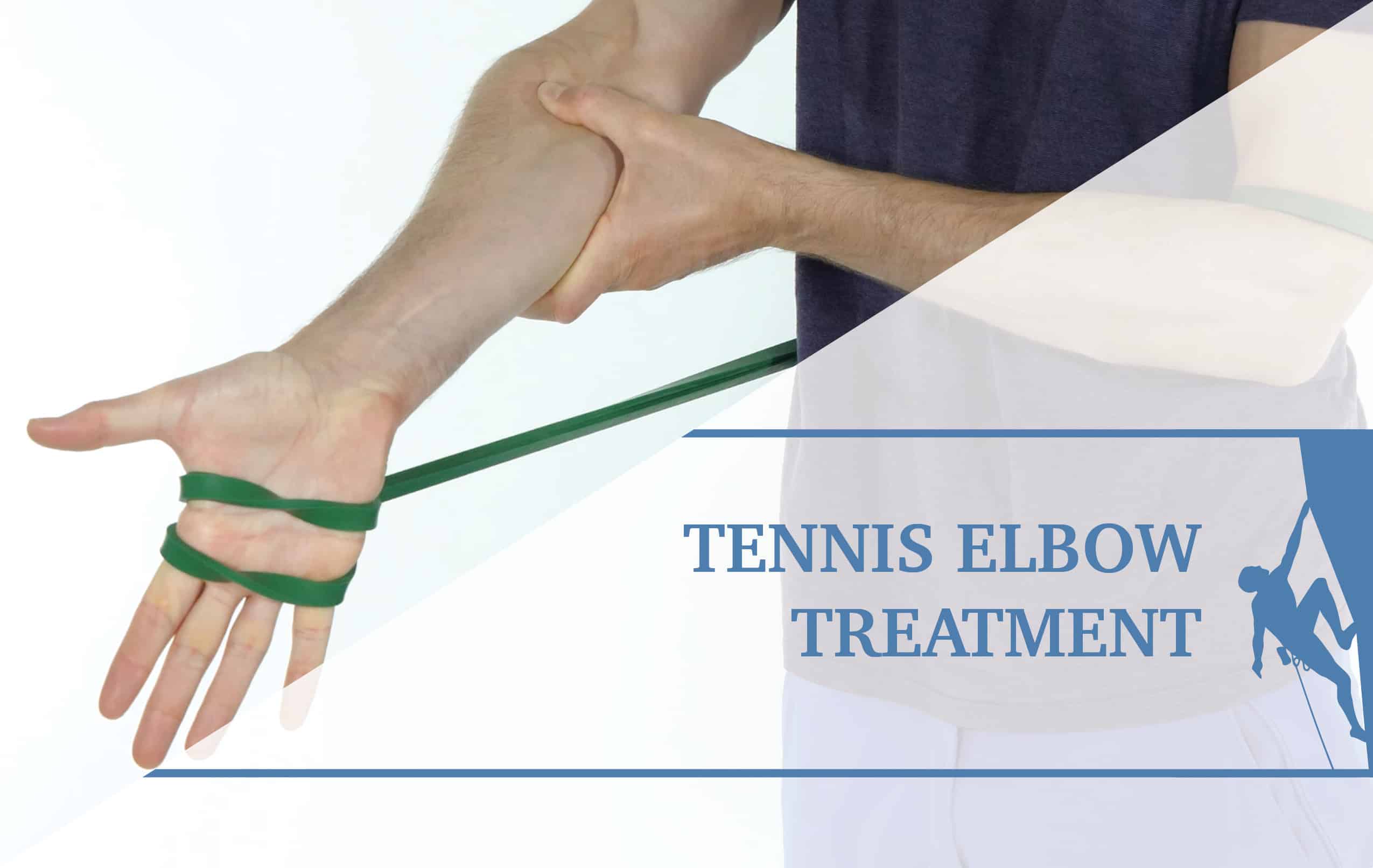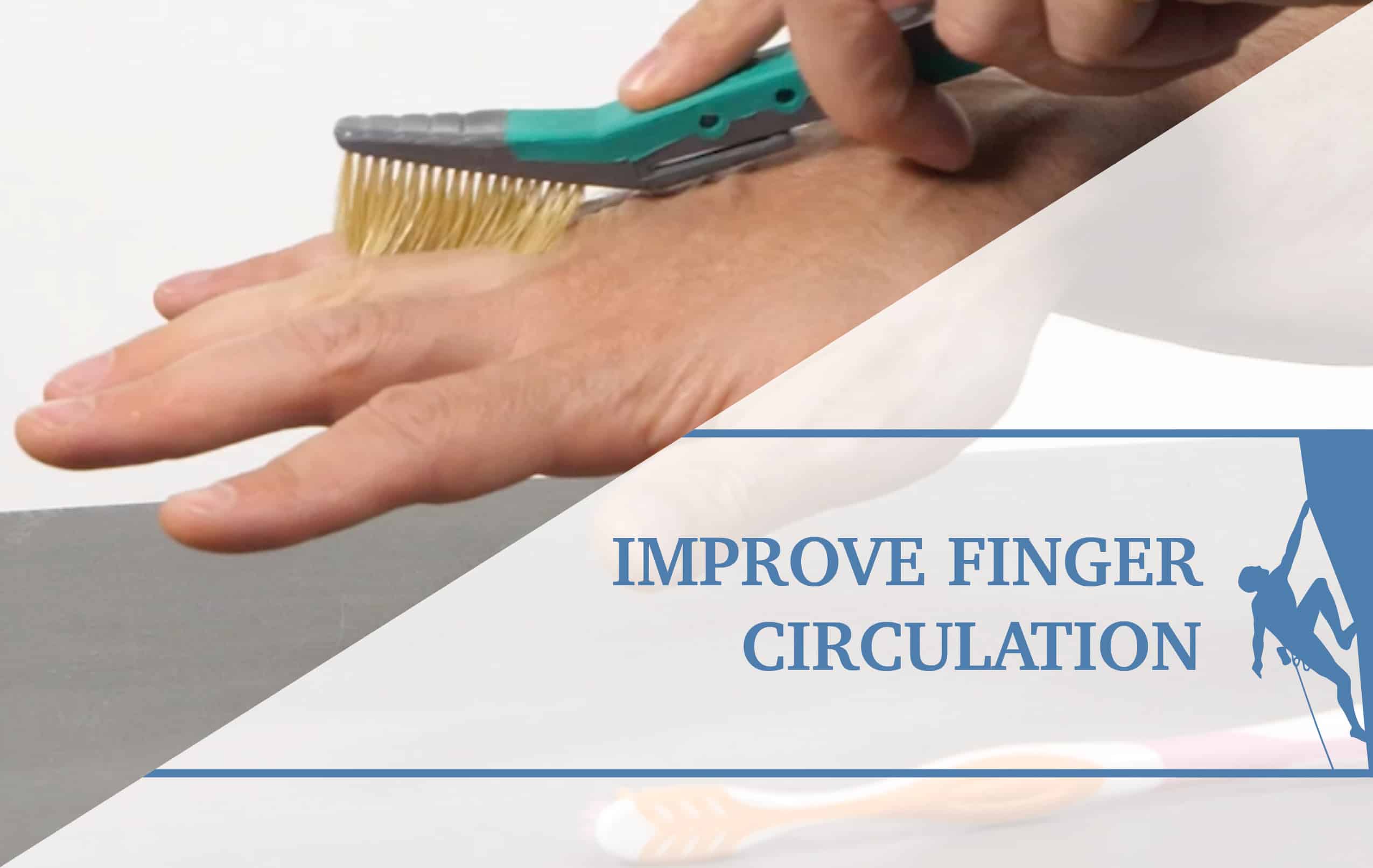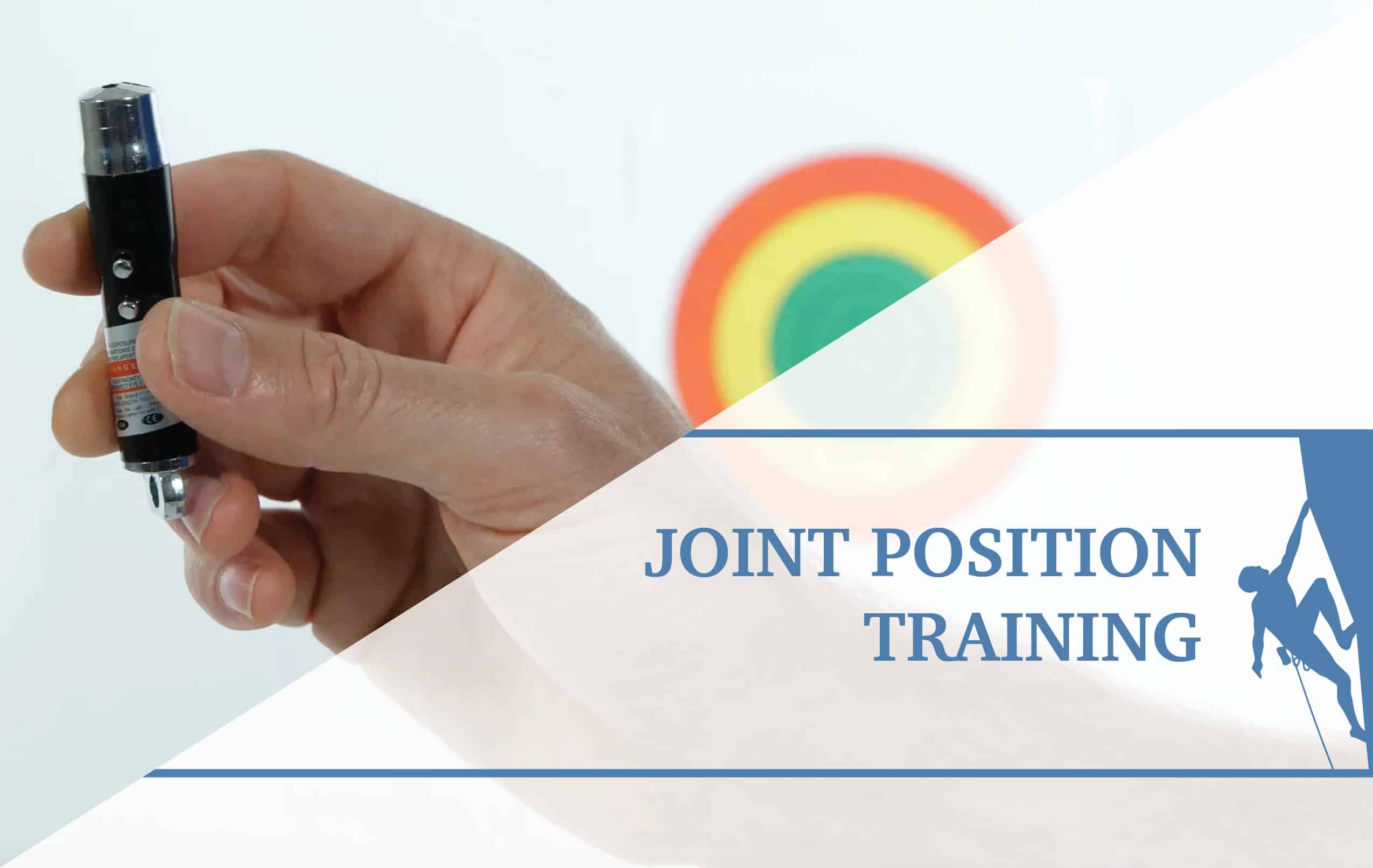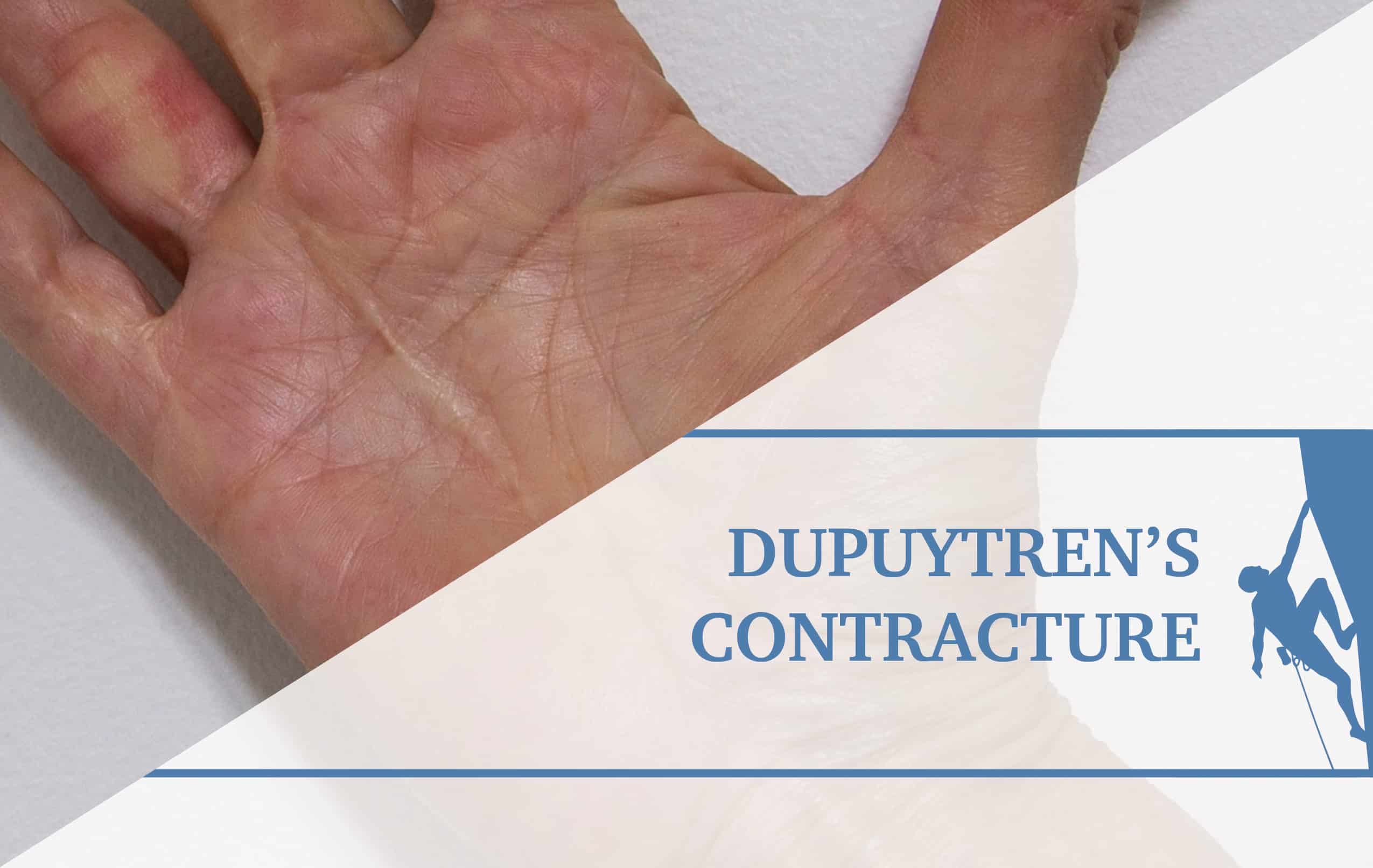S1, E1: Move Right and Stay Healthy Climbing – John Kettle
In this episode, The Climbing Doctor talks climbing movement with an expert on the subject, John Kettle! John is an experienced coach of over 20 years and is the author of "Rock Climbing Technique." Watch this video to learn about John's journey with injuries and how he applies movement to improve climbing performance. [...]


